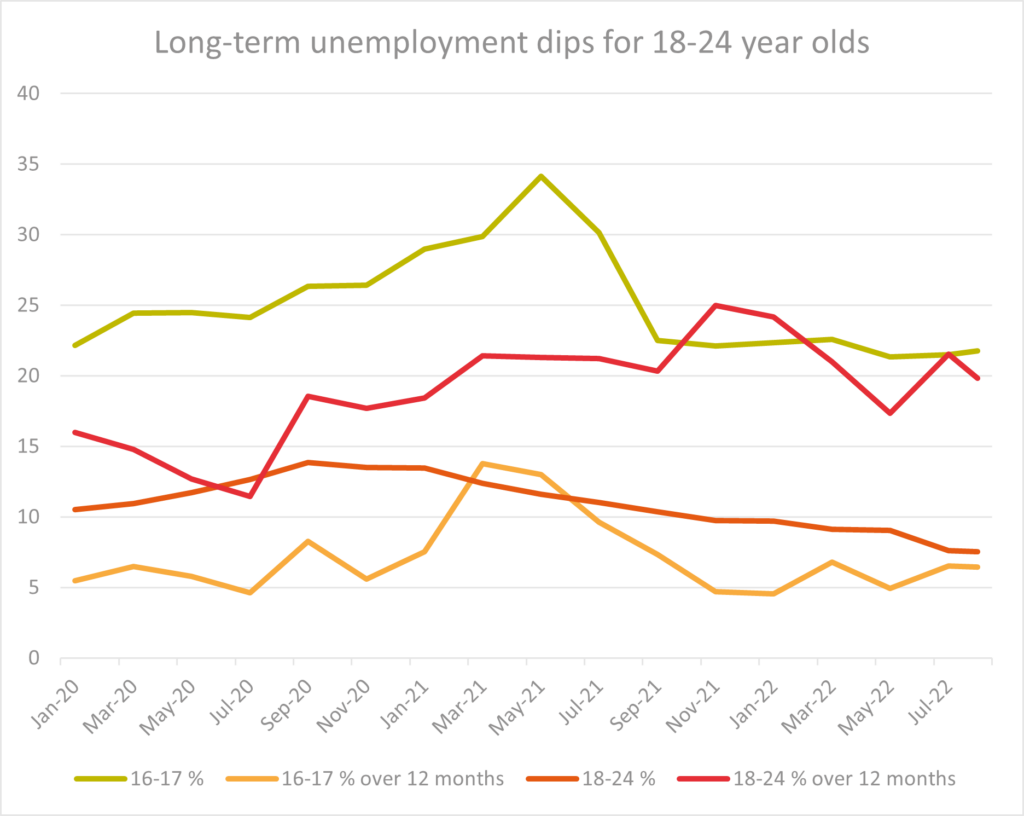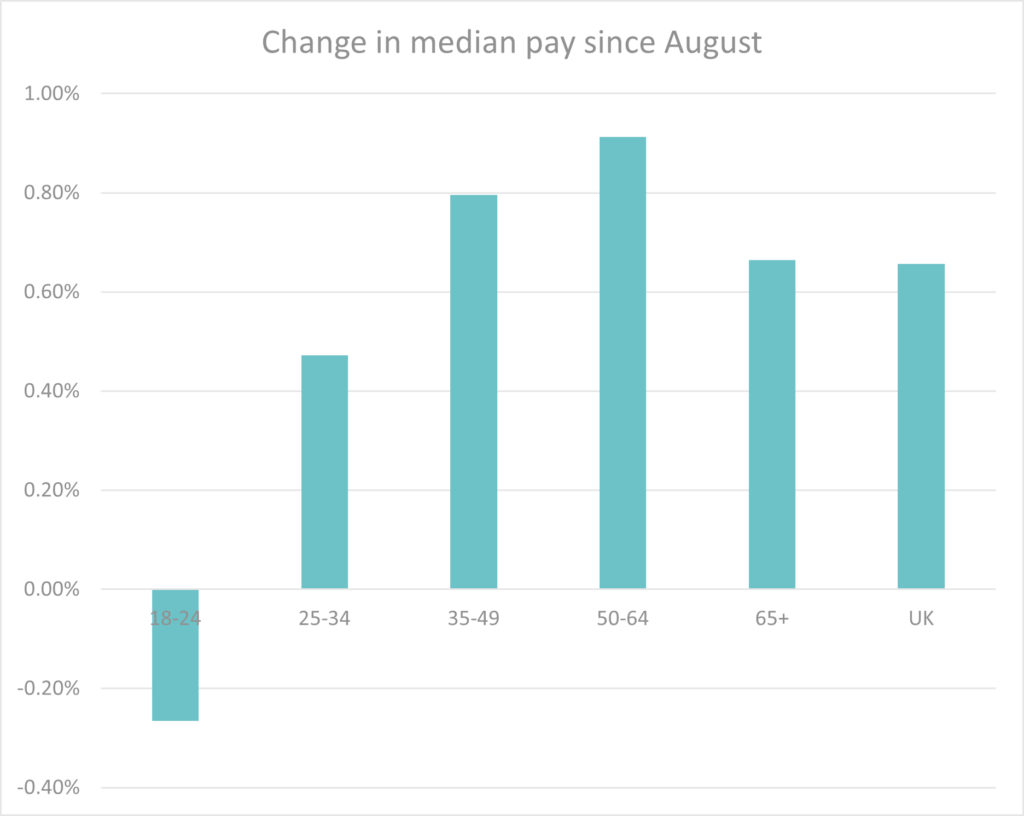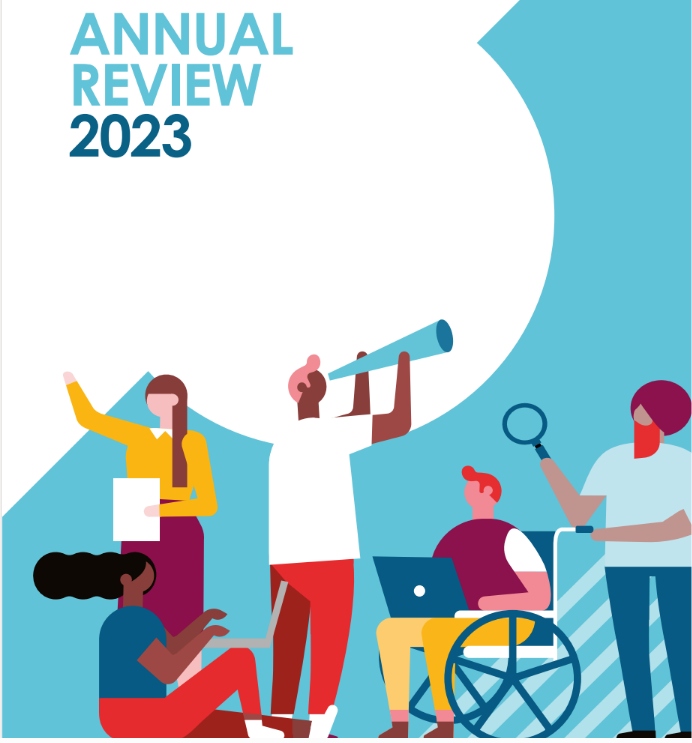 Our Senior Analysis Officer, Zach Wilson, responds to this month’s ONS labour market statistics as young people see a drop in pay.
Our Senior Analysis Officer, Zach Wilson, responds to this month’s ONS labour market statistics as young people see a drop in pay.
Since August, economic inactivity for young women aged 16-24 who are not in full-time education has decreased from 19% to 18%, along with the unemployment rate, which went from 6.1% to 5.8% and employment increasing from 76.1% to 77.3%. With respect to young men not in full time education, since August, economic inactivity has increased by 0.2% which brought it to 15.1%. The unemployment and employment rates for that of young men not in full-time education decreased from 11.2% to 9% and increased from 75.6% to 77.3%, respectively, since August.
This paints an improving picture for young women who are not in full time education and have left the labour market, as it shows more are re-entering by seeking work, as opposed to young men – which shows a shift on the previous quarter.
Long-term unemployment has taken a slight dip for 18-24 year olds, but is still above where it was pre-pandemic. Overall unemployment, in particular, is now at its lowest in nearly 50 years.
With regard to economic output, after increasing by 0.1% in July 2022, the gross domestic product (GDP) decreased by 0.3% in August 2022. These latest ONS figures show that the UK economy has contracted, further strengthening predictions that it will fall into a recession.
Increases in the price of fuel have received considerable attention in the media and in policy. With that, the cost of most everyday items has risen substantially. The price of food and non-alcoholic beverages, as well as clothing and footwear has increased significantly over the last 12 months. We are all affected when daily life gets more expensive, but the impacts are very different depending on personal circumstances and where we live but most importantly, age. As can be seen in the previous graph, it is very clear that weekly earnings are not moving with rising inflation. Even without inflation, 18-24 year olds are the only age group to experience a drop in median monthly pay.
Additionally, young people (18-24) who are already setback by pay, will clearly continue to feel the effects of the ever-increasing prices. On another note, there needs to be urgent policy focus on young people who are ‘heads of household’, especially those with other risk factors for being hit harder by rising costs, such as disability, ethnicity and NEET status. As the government decides whether benefits will rise with inflation as previously planned in April 2023– those young people who are recipients may find it particularly hard.
It remains imperative that we continue to address the polarisation of the labour market especially regarding the significant portion of young people who face very distinct challenges to the rest. It is also essential to understand how young people, who are head of household, may be dealing with a changing labour market, economic conditions, and rising cost of living.





